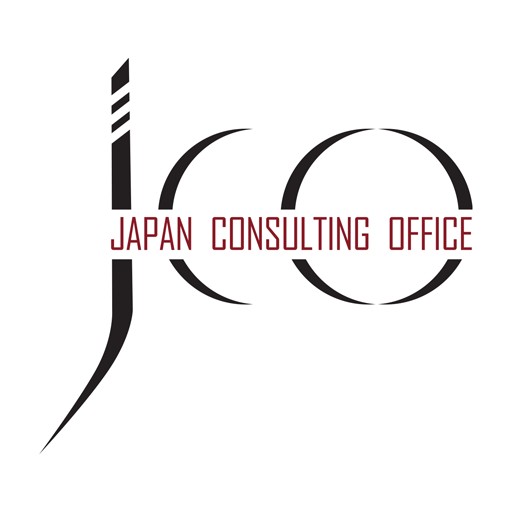
Over the years, I’ve made an observation that continues to fascinate me: the way different societies approach process orientation versus results orientation, and how this intersects with cultural communication styles.
High Context vs. Low Context Societies
If you’re familiar with the concept of high context and low context societies, you’ll know that Japan is considered the highest high context society in the world. In such cultures, much of the communication relies on shared understanding, implicit cues, and non-verbal signals. Japanese colleagues don’t need a lot of words to understand each other.
By contrast, the US and Europe are much lower context. Because of their diversity, people cannot rely on shared assumptions, they need to verbalize everything to ensure clarity.
Process vs. Results Orientation
Now let’s look at another dimension: process orientation versus results orientation.
- Japan is known to be highly process oriented.
- The US and Europe, especially the US, are much more results oriented.
Here’s the paradox:
- You would expect Japan, as a high context society, to rely less on processes, since people already understand each other and would naturally do things in similar ways.
- Conversely, in a diverse, low context society like the US or Europe, you would expect more processes to ensure consistency across different backgrounds.
But in reality, it’s the opposite!
Why This Matters
I often tell Japanese participants in our seminars: processes are good, especially in highly diverse societies. They are probably even more important and needed than in Japan, because they help align people who don’t share the same implicit cultural context.
The Strengths and Weaknesses of Japanese Process Orientation
While process orientation has clear strengths, consistency, reliability, and predictability, there are weaknesses that should be understood:
- Lack of explanation: Processes are often followed without explaining the reason behind them.
- Rigidity: Processes are seen as fixed — “this is the way it is done in Japan” — making them very hard to change.
- Outdated processes remain: There is little effort to replace processes that no longer serve their purpose.
- Slow review cycle: Existing processes are rarely questioned, and when they are, it takes a long time to review and improve them.
- Overreaction to errors: When a human error occurs, even if rare, there is a tendency to add a new process (sometimes irrelevant or overly burdensome) to ensure it doesn’t happen again.
Final Thought
Process orientation is not inherently good or bad. Its value depends on how it’s applied and in what context. In diverse, low context societies, processes are essential to create alignment but they need to be accompanied by flexibility and explanation.
Understanding this paradox helps us appreciate cultural differences and adapt our communication and organizational practices more effectively.
Learn more about topics like this in our open workshops!





